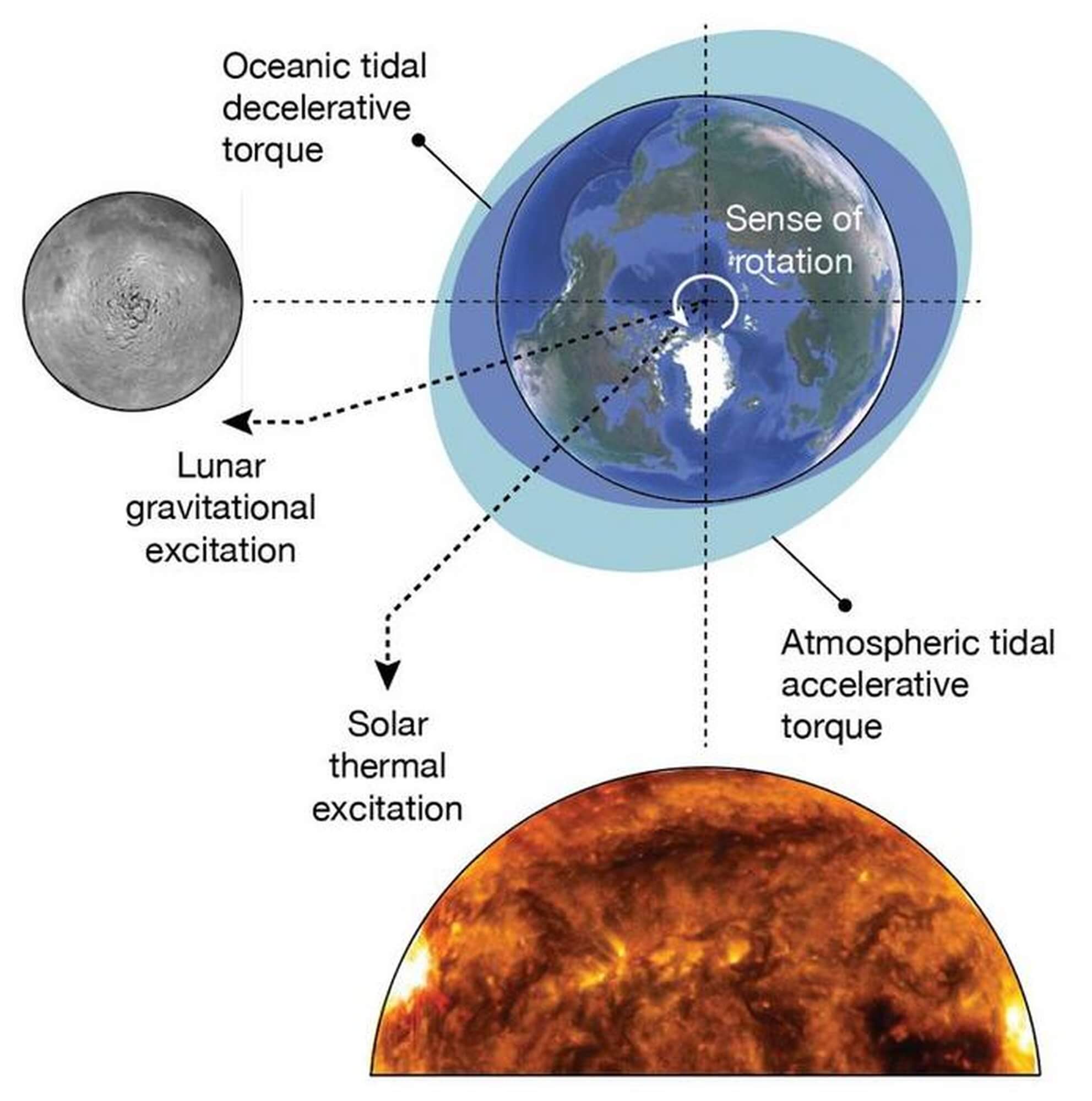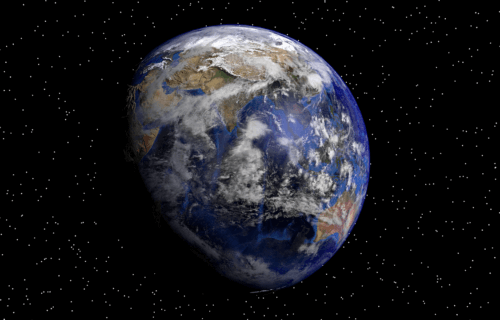BEIJING — Many times we say we don’t have enough time in the day to get everything done. Now, researchers say it would be even worse if we lived in our planet’s infancy. In a recent study, scientists reveal the length of a day on Earth was much shorter in the distant past due to the Moon’s closer proximity.
Ross Mitchell, lead author and geophysicist at the Institute of Geology and Geophysics of the Chinese Academy of Sciences explains that the Moon’s gravitational pull gradually stole Earth’s rotational energy, causing it to enter a higher orbit and move farther away. Contrary to previous predictions of a consistent decrease in day length over time, the research conducted by Mitchell and co-author Uwe Kirscher indicates a different trend.
“Most models of Earth’s rotation predict that day length was consistently shorter and shorter going back in time,” Kirscher says in a media release.
To measure ancient day length, researchers traditionally relied on sedimentary records with fine-scale layering in tidal mud flats. However, such records are rare and often disputed. Instead, Mitchell and Kirscher employed cyclostratigraphy, a geologic method that uses rhythmic sedimentary layering to detect astronomical cycles reflecting changes in Earth’s orbit and rotation.
19-Hour Days!
The study benefited from the recent increase in Milankovitch records, with significant data generated in the past seven years. This enabled the researchers to explore an alternative theory that suggests day length might have remained constant in Earth’s ancient past.
The theory proposes that the competing forces of lunar oceanic tides and solar atmospheric tides could have reached a balance, causing Earth’s rotation to stall and keep the day length constant. While lunar tides slow down Earth’s rotation, solar tides push it forward.

Mitchell, et al.)
“If in the past these two opposite forces were to have become equal to each other, such a tidal resonance would have caused Earth’s day length to stop changing and remain constant for some time,” explains Mitchell.
Surprisingly, the new data compilation supports this theory, revealing that Earth’s day length stagnated at approximately 19 hours, around two to one billion years ago. This period, often referred to as the “boring” billion, coincides with significant rises in oxygen levels on Earth.
“It’s fascinating to think that the evolution of Earth’s rotation could have affected the evolving composition of the atmosphere,” says Timothy Lyons from the University of California, Riverside.
This groundbreaking study sheds new light on the relationship between Earth’s rotation and the composition of its atmosphere, suggesting that longer days played a role in the rise of oxygen levels. The findings contribute to our understanding of Earth’s history and the factors that shaped its environment over billions of years.
The study is published in the journal Nature Geoscience.

I have been e geologist for 35 years, Rice, SMU. THESE ŕesults and their premises are based on more pressured publish or perish forces to remain in academia. They are not only far-fetched, they are plain absurd.